Birds are fascinating creatures with behaviors that often leave us intrigued and wondering about their choices. Among these curious behaviors is the preference some birds show for gravel areas over grassy ones. While our human instinct might assume that birds would prefer the soft, food-rich environment of a grassy field, many species actively seek out gravelly surfaces for various essential activities. This preference isn’t merely coincidental but serves critical functions in their biology, survival, and daily lives. Understanding why certain birds gravitate toward gravel rather than grass provides valuable insights into avian behavior and needs, allowing bird enthusiasts, conservationists, and casual observers to better appreciate the complexity of bird adaptations.
The Digestive Benefits of Gravel
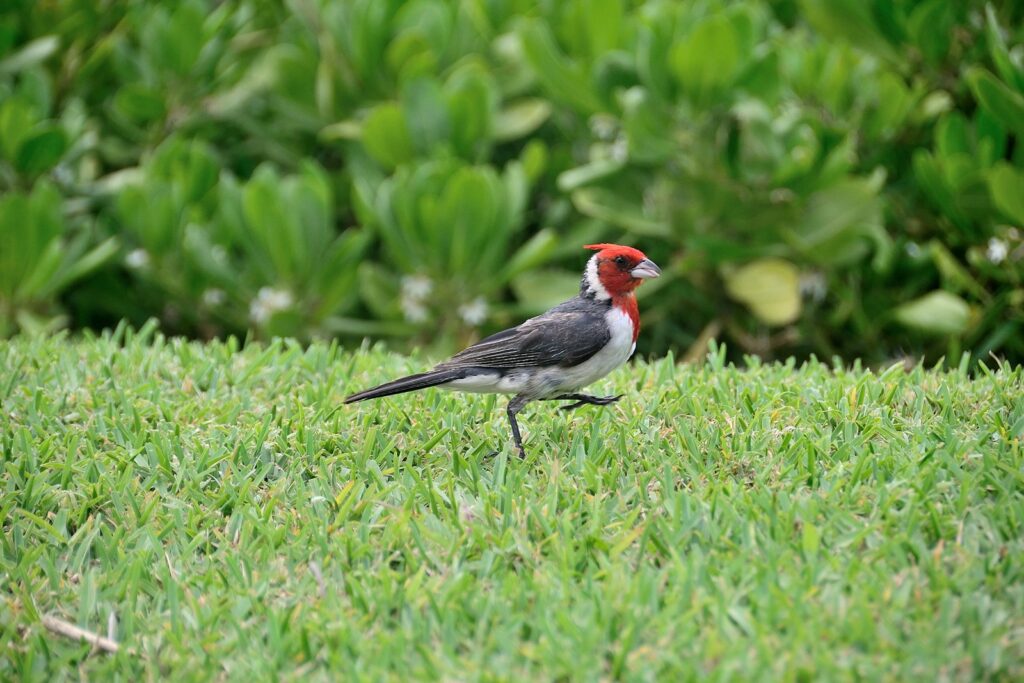
Many bird species lack teeth to grind their food, which presents a significant challenge for digesting tough seeds and plant materials. To overcome this anatomical limitation, birds have evolved to use small stones and pieces of grit as digestive tools in a specialized stomach compartment called the gizzard. When birds consume gravel, these small stones become natural grinding mechanisms that help break down food particles into digestible components. This process, known as mechanical digestion, is essential for species that consume seeds, nuts, and other hard food items. Research has shown that birds lacking adequate grit in their diet may suffer from poor nutrition and digestive issues, highlighting how critical this seemingly simple behavior is to their overall health.
Grit as a Nutritional Supplement
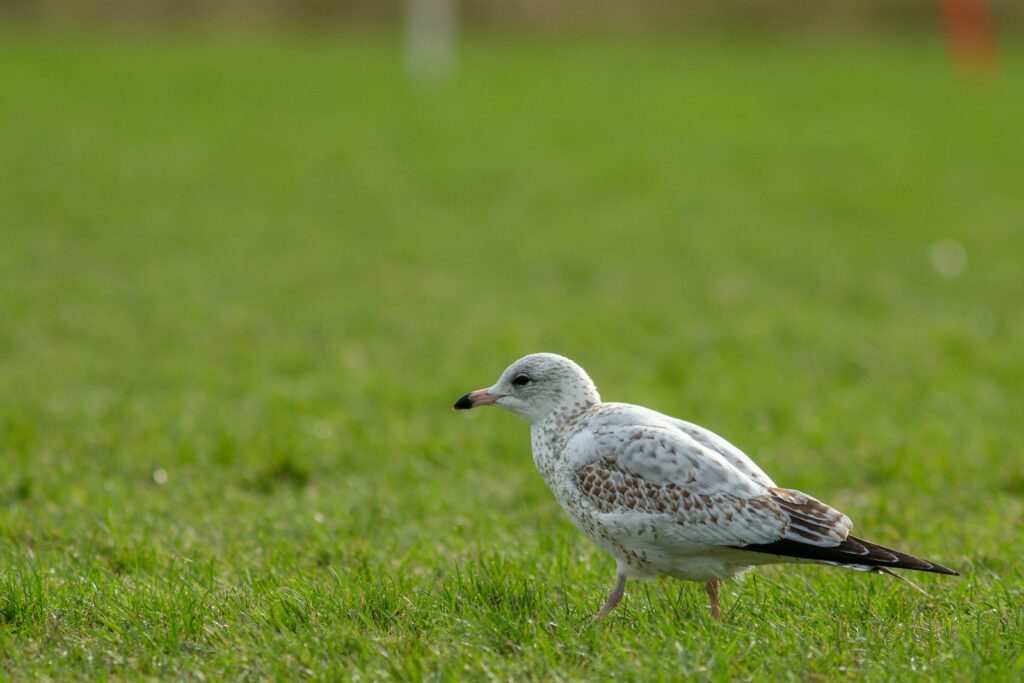
Beyond mechanical digestion, the minerals in gravel serve as important nutritional supplements for many bird species. Certain types of stones contain calcium, iron, and other essential minerals that birds can absorb during the digestive process. For female birds preparing to lay eggs, calcium-rich grit becomes particularly important as eggshell production demands significant mineral resources. Birds are remarkably selective when choosing grit, often preferring particular types of stones that contain higher concentrations of the minerals they need. Researchers have observed that wild birds will travel considerable distances to locations with specific types of gravel, demonstrating the nutritional importance of these materials. This selective behavior is especially pronounced during breeding seasons when nutritional demands increase dramatically.
Dust Bathing Opportunities
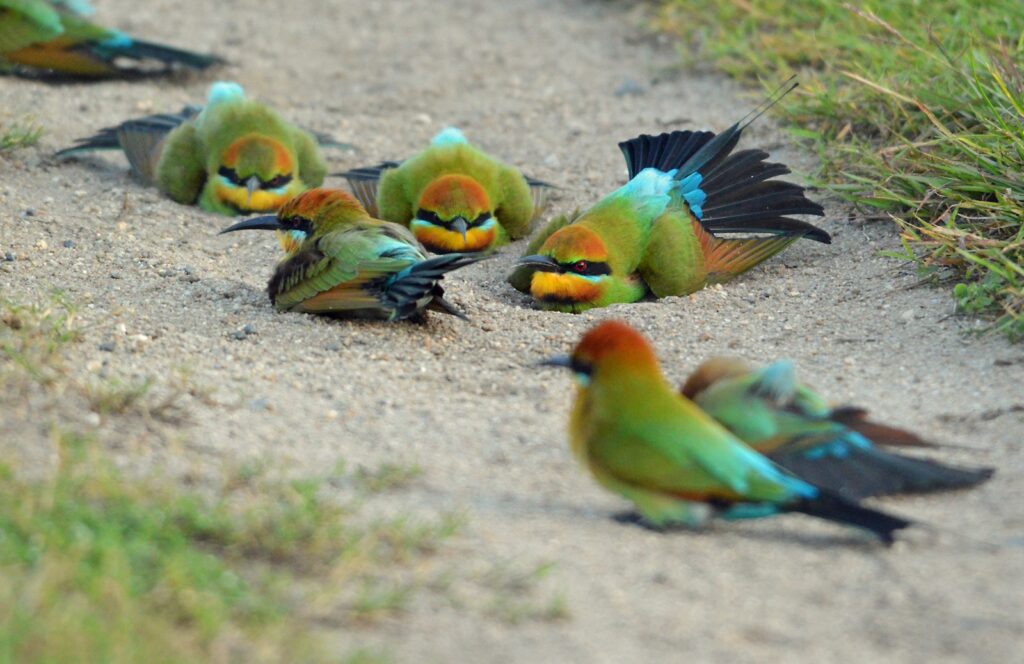
Gravel and small stones often create ideal conditions for dust bathing, a critical grooming behavior for many bird species. When birds dust bathe, they toss fine particles of sand or dust through their feathers to remove parasites, excess oil, and debris. The loose, dry material found in gravelly areas provides perfect dust bathing conditions compared to the more compact and often damp soil of grassy areas. Regular dust bathing helps birds maintain healthy feathers and skin by controlling external parasites like mites and lice that could otherwise cause irritation or disease. For ground-dwelling species like quail, pheasants, and many sparrows, access to suitable dust bathing sites is considered essential for their overall health and comfort.
Predator Visibility and Safety
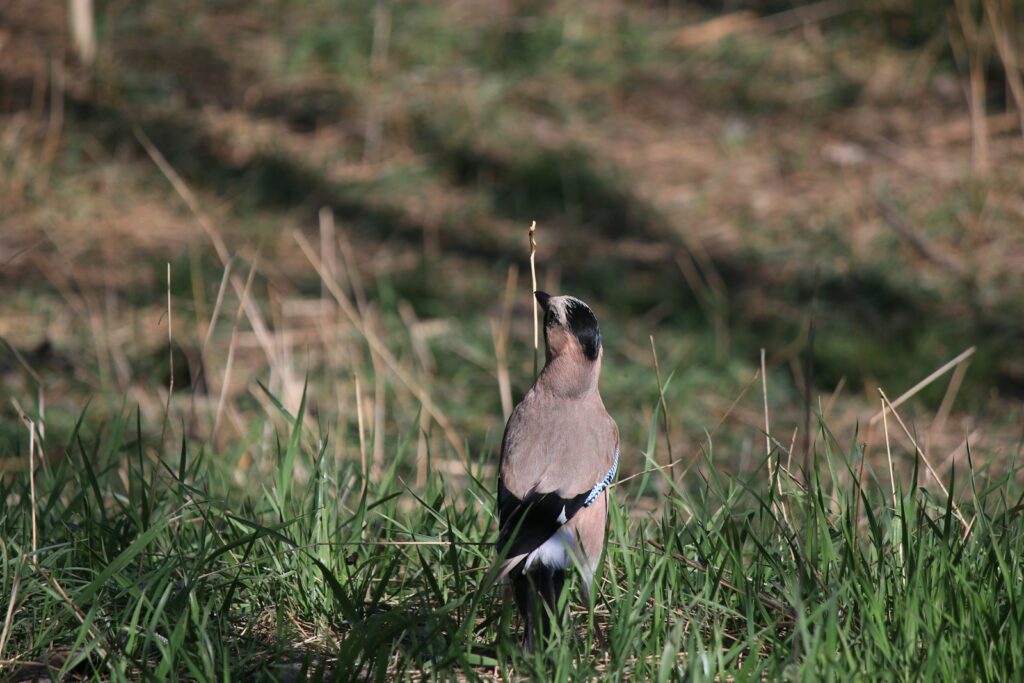
Gravelly areas typically offer better visibility than tall grass, allowing birds to spot approaching predators more easily. This increased ability to detect threats provides a significant survival advantage for smaller and more vulnerable species. In gravel environments, the sound of approaching predators is also more noticeable, giving birds valuable extra seconds to escape. Many ground-feeding birds will actively choose to forage in gravelly areas with good sightlines rather than in taller vegetation where predators might lurk unseen. This behavior is particularly common in species that have evolved in open habitats where predator detection, rather than hiding, is their primary defense strategy.
Thermal Regulation Advantages
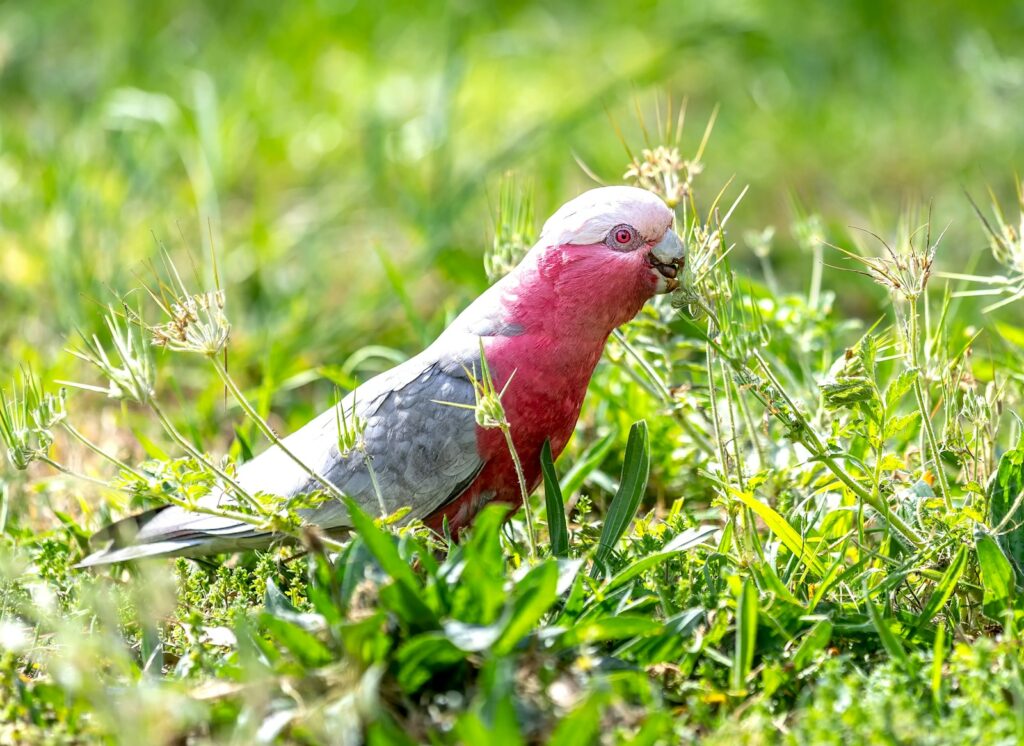
Gravel surfaces absorb and retain heat differently than grass, creating microclimate benefits that some birds prefer. During cooler mornings, birds may seek out sun-warmed gravel to help raise their body temperature more efficiently after the night’s cooling. In hot weather, birds can find relief by pressing their bodies against shaded gravel that remains cooler than the surrounding air. Some species, like mourning doves, have been observed using their bellies to transfer excess body heat to gravel surfaces during extreme heat, essentially using the stones as natural cooling systems. This thermoregulatory advantage is particularly important for smaller bird species that must manage their body temperature carefully due to their high surface-area-to-volume ratio.
Nesting Material Selection

Certain bird species incorporate small pebbles and gravel into their nests for structural support and drainage benefits. This behavior is particularly common in shorebirds that nest on beaches and riverbeds where rising water could threaten their eggs. The small stones help create a stable foundation that allows water to drain away from precious eggs rather than pooling around them. Some species, like killdeer, create simple nest scrapes directly on gravel surfaces, relying on the natural camouflage that the varied-colored stones provide for their speckled eggs. Ornithologists have noted that when given options, these species consistently select gravelly substrates over grass for nesting, demonstrating a clear evolutionary preference linked to reproductive success.
Food Accessibility in Gravel Areas
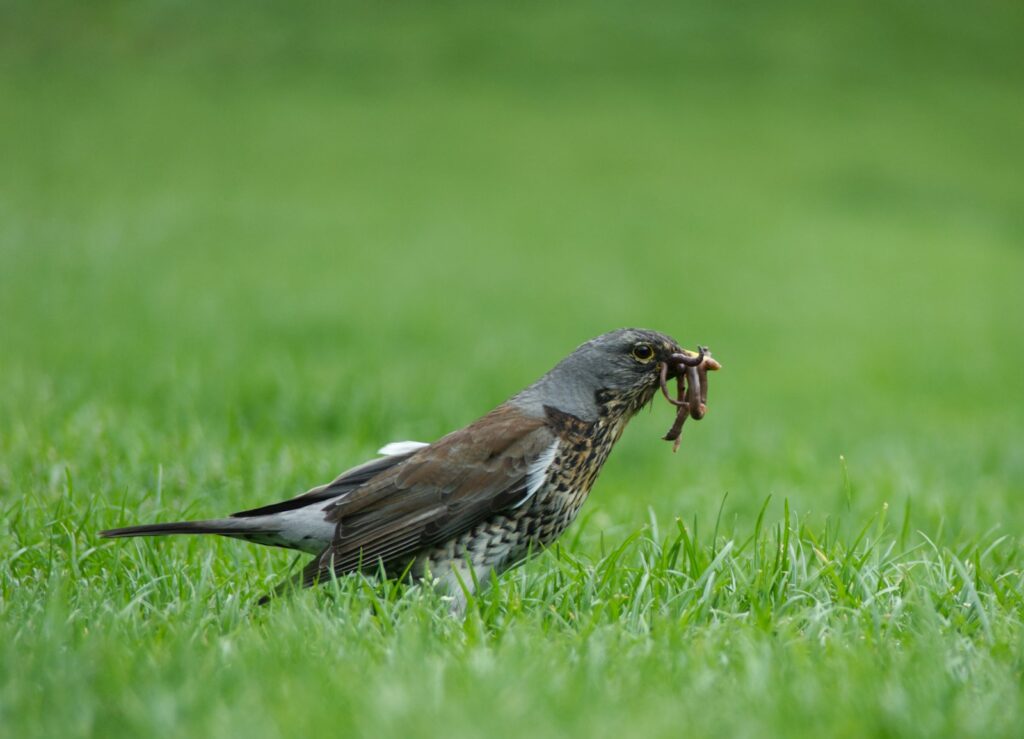
Gravelly environments often harbor unique food sources that may be less abundant in grassy habitats. Insects that specialize in bare ground habitats, including certain beetles, ants, and spiders, provide a reliable protein source for insectivorous birds. Seeds that fall between gravel pieces are often more visible and accessible than those hidden in dense grass. Many bird species have developed specialized feeding techniques for extracting food from gravelly substrates, such as the characteristic backward-scratching motion used by towhees and sparrows. Some shorebirds have evolved to probe between stones for small invertebrates that would be inaccessible in tightly-rooted grass.
Seasonal and Weather-Related Preferences
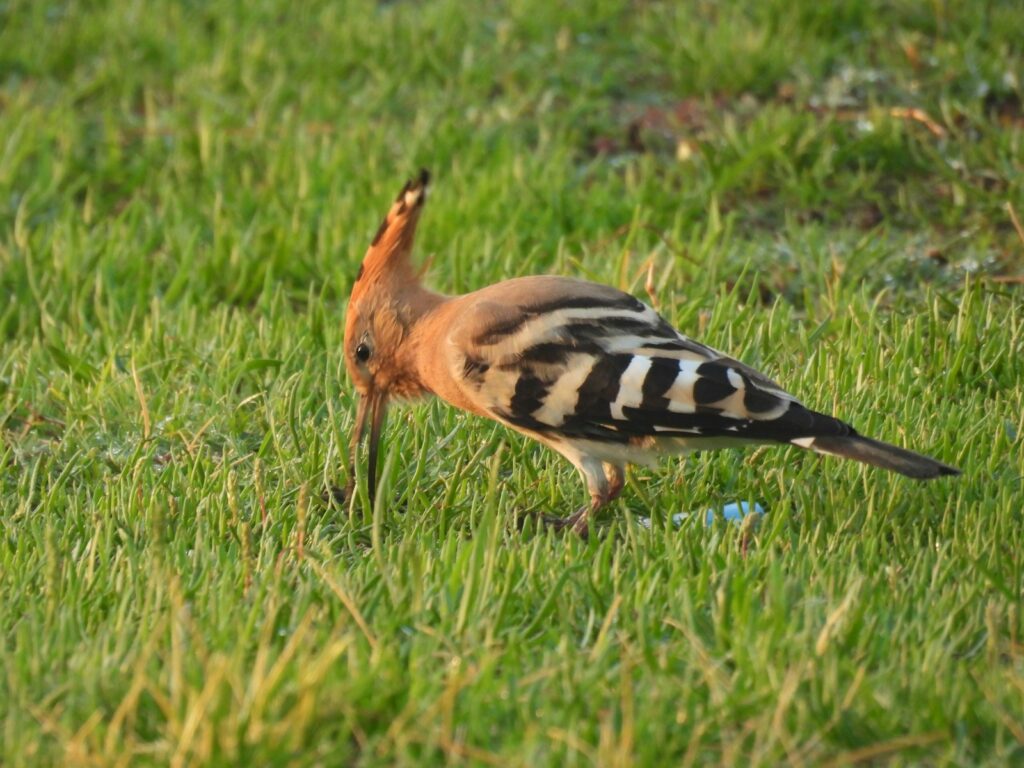
Bird preferences for gravel versus grass often shift with changing seasons and weather conditions. During rainy periods, gravelly areas drain better than grass, providing birds with drier conditions for feeding and resting. After heavy rainfall, earthworms and other invertebrates often surface on gravel areas to avoid drowning, creating temporary feeding opportunities for opportunistic birds. In winter, snow typically melts faster on dark gravel surfaces than on grass, exposing food sources earlier and creating critical feeding zones during harsh conditions. Migratory species may favor different substrates at different points in their annual cycle, using gravel areas more frequently during certain seasonal transitions when specific resources become critical.
Migration Refueling Sites

Gravel bars along rivers, lakes, and coastlines serve as important stopover locations for many migratory bird species. These areas often concentrate small invertebrates, seeds, and minerals in accessible locations where exhausted migrants can quickly replenish their energy reserves. The open nature of gravel habitats allows migrating flocks to feed while maintaining vigilance for predators, a crucial consideration when birds are in unfamiliar territory. Research tracking migratory shorebirds has shown that some individuals return to the same gravel bars year after year, suggesting these locations hold special value for successful migrations. The preservation of these natural gravel features has become an important focus for bird conservation efforts around major flyways.
Evolutionary Adaptations for Gravelly Habitats
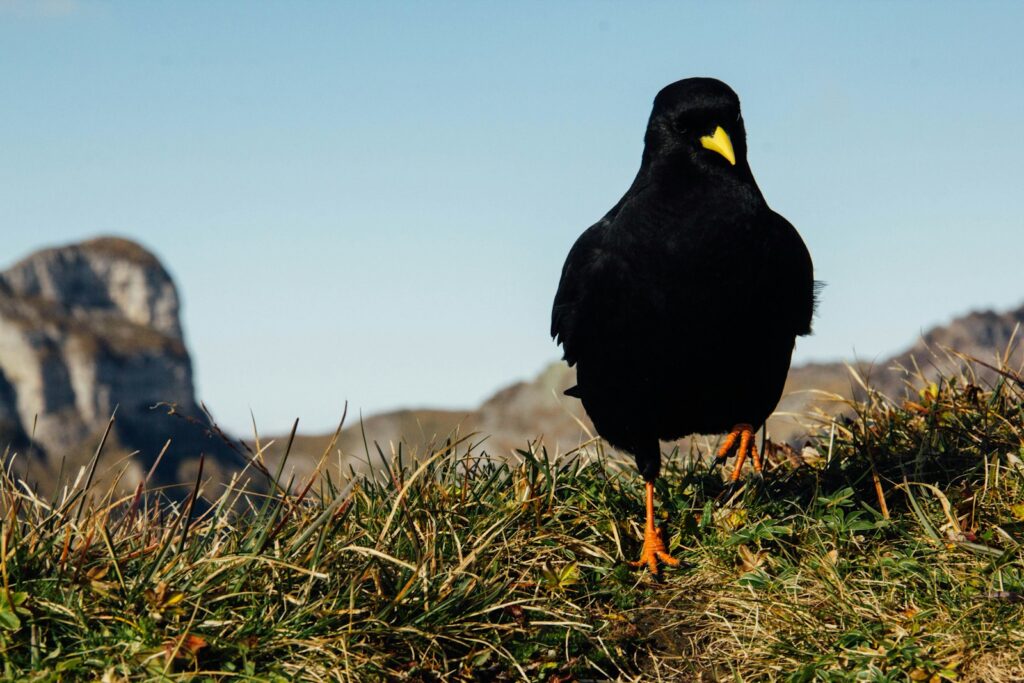
Many bird species have evolved specific physical traits that make them well-suited for life on gravelly substrates rather than grass. Short-legged species like plovers and killdeer have developed running gaits that allow them to move efficiently across uneven gravel surfaces. The coloration of many ground-nesting birds precisely matches the mottled appearance of gravelly areas, providing crucial camouflage for both adults and eggs. Some species have evolved specialized feet with reduced webbing or particular toe arrangements that provide better stability on loose gravel. These adaptations represent millions of years of evolutionary pressure selecting for traits that enhance survival in these specific habitats, explaining why these birds seem to “prefer” environments that match their specialized adaptations.
Urban Adaptation and Gravel Opportunities
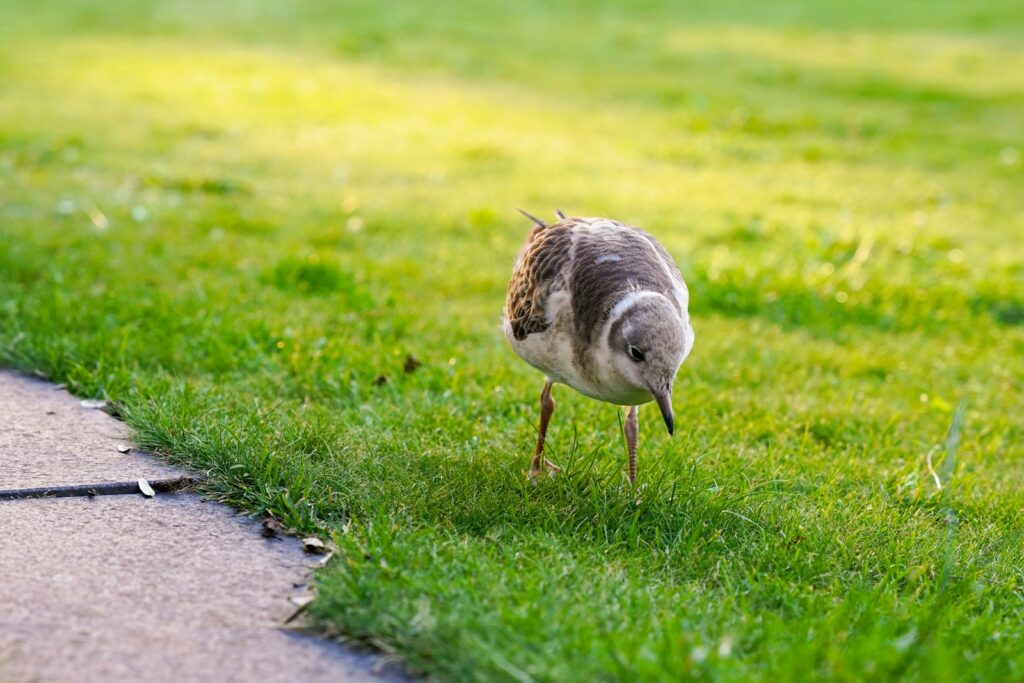
As human development has transformed natural landscapes, many bird species have adapted to use man-made gravel environments like rooftops, driveways, and road shoulders. Killdeer frequently nest in gravel parking lots, while nighthawks have famously adapted to nesting on flat gravel rooftops in urban areas. These artificial gravel habitats sometimes serve as replacement habitats when natural areas are lost to development. Urban ecologists have noted that creating gravel patches in parks and urban green spaces can attract species that might otherwise be excluded from densely vegetated urban environments. These observations have led some city planners to incorporate “gravel garden” elements specifically designed to support urban bird diversity.
Conservation Implications
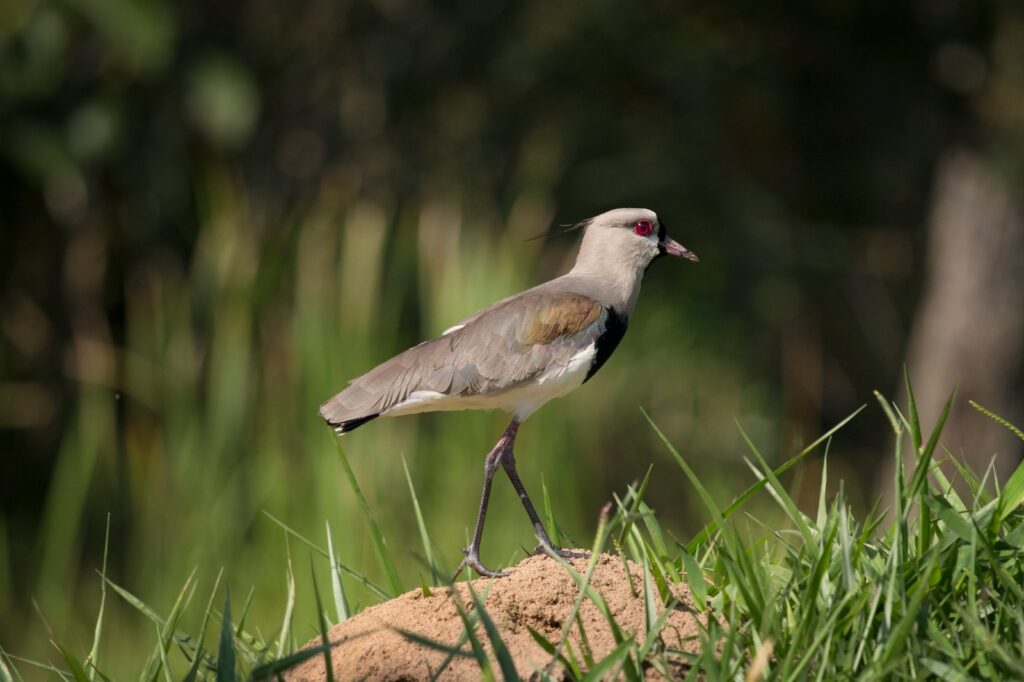
Understanding why certain birds prefer gravel has important implications for conservation efforts and habitat management. Many specialized gravel-dependent species face population declines as natural gravel beaches, river bars, and desert pavements are altered by human activities. Conservation strategies now often include maintaining or restoring gravel habitats specifically for birds that require these environments for breeding, feeding, or migration. Gravel mining operations, which might seem destructive, can sometimes create valuable bird habitat if properly managed during and after extraction activities. Bird researchers are increasingly advocating for the protection of naturally dynamic river systems that create and maintain gravel bars through seasonal flooding cycles, recognizing these areas as biodiversity hotspots rather than wasteland.
Conclusion
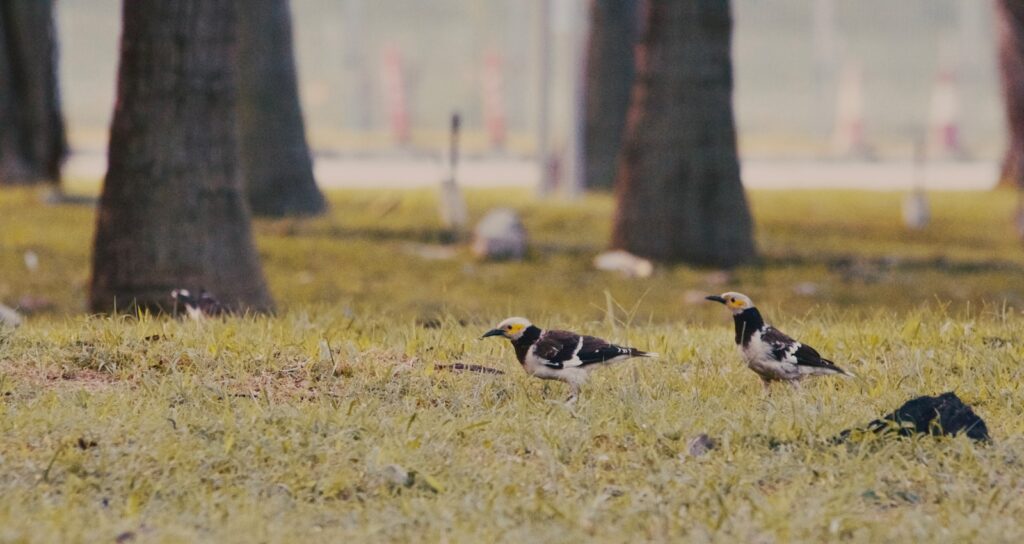
The preference many bird species show for gravel over grass reflects millions of years of evolutionary adaptations to specific environmental challenges. From digestive needs and predator avoidance to thermal regulation and specialized feeding techniques, gravelly habitats provide unique advantages that support avian survival and reproduction. As we continue to study these preferences, we gain a deeper appreciation for the remarkable adaptations birds have developed and the specific habitat requirements many species need to thrive. For bird enthusiasts and conservationists alike, understanding these preferences helps inform better habitat management practices and conservation strategies for our feathered friends. The next time you notice birds gathering on a gravel path rather than a lush lawn, you’ll recognize that this choice represents not merely a preference but an essential aspect of their biology and survival strategy.
